Search results (679)
Skip results of view News and highlights
As the data.europa academy begins its summer break, we look back at our successful July webinar, ‘ Next steps to compliance: preparing for the EU AI Act ’. The strong interest in this topic was reflected in the high registration numbers - over 1 300 participants signed up, setting a new record for the academy! A Policy and Legal Officer from the EU AI Office (DG CONNECT) joined the webinar to share updates on the implementation of the EU AI Act . Attendees gained insights into the timeline, including the upcoming milestone on 2 August 2025, when rules for general-purpose AI will apply and
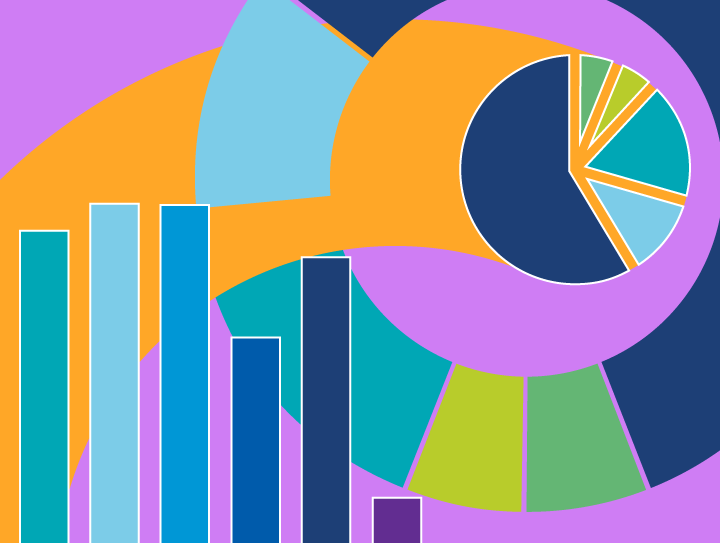
To make data more accessible and engaging, data.europa.eu has now introduced a new embedded CSV data visualisation tool. This tool allows users to transform raw datasets into clear and interactive graphics directly available on our portal. Prior to this, CSV files needed external tools to conduct analyses as the files are usually filled with large information pieces. Now with just a few clicks, users can visualise their data in graphs, charts, and tables that bring these files to life. In order to use this feature, it is important you have a dataset that is available for downloading in CSV
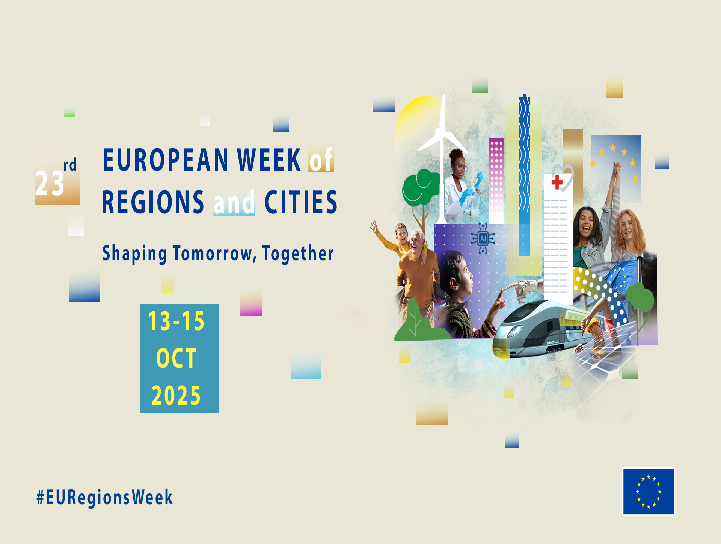
The European Week of Regions and Cities returns to Brussels this autumn, from Monday, 13 October to Wednesday, 15 October 2025, bringing together politicians, public officials, researchers, businesses, and citizens to explore how local and regional actors are shaping Europe’s future. Organised by the European Commission’s Directorate-General for Regional and Urban Policy and the European Committee of the Regions , it is the largest EU event dedicated to Cohesion Policy and a key platform for sharing knowledge, networking, and showcasing impact at the local level. At data.europa.eu , we are
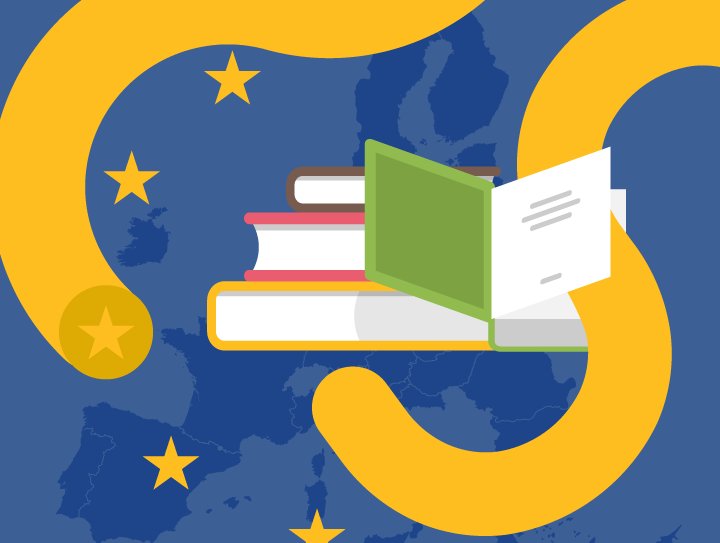
Erasmus+ is the European Union’s programme to support education, training, youth, and sport in Europe. The programme has had more than 15 million participants since 1987 and creates opportunities for people to study, train, or volunteer abroad. These opportunities are specifically aimed at students, learners, trainees, and volunteers from all over the world who want to develop themselves on a professional and personal level. By promoting cross-border cooperation and cultural exchange, Erasmus+ also plays an important role in broadening the European Education Area , allowing research, learning

As summer is in full swing, the time has come to relax and take some time to catch up on reading! After you have finished your personal readings, you can dive into the data.europa.eu summer reading list. We have compiled 8 articles and data stories to gain a better understanding of open data and the influence it has on communities, sectors, and services. Open data 101 : This article is a fun and readable explainer that breaks down what open data is, why it is important and what impact it has on your daily activities. Beyond the dashboard: How open data powers public services across Europe : To
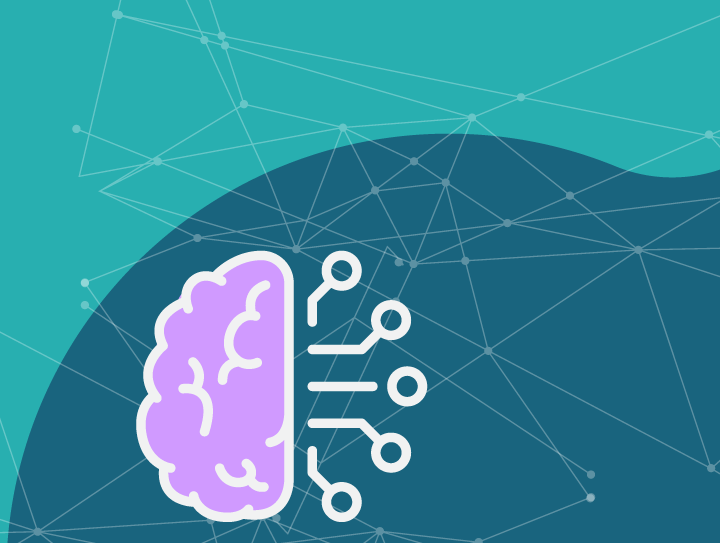
The advancements of Artificial intelligence (AI) in recent years have been transforming industries and societies globally. Most of the developments have been in the field of general-purpose AI (GPAI), which primarily focuses on generative AI using chatbots. The EU has therefore invested in the European High Performance Computing Join t Undertaking (EuroHPC JU) network of supercomputers, which are being adapted to train large-scale GPAI models and newer AI applications. These supercomputers are now being optimised in ecosystems known as AI Factories . In December of 2024, the EuroHPC JU
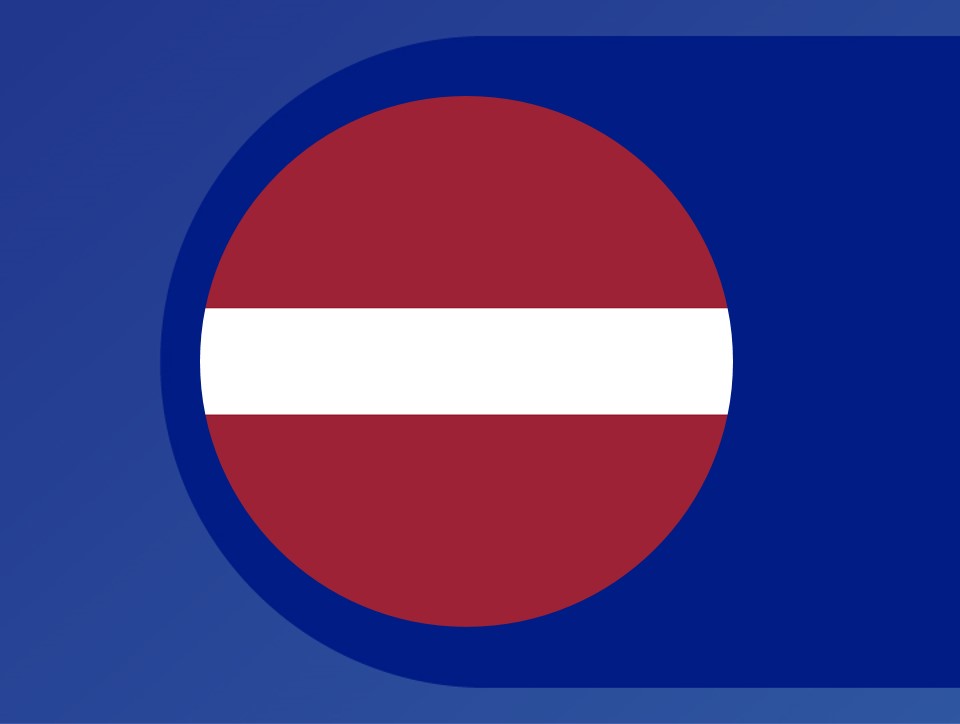
Latvia’s national open data portal, data.gov.lv , offers a user-friendly gateway to over 900 datasets from more than 100 publishers, covering a wide range of categories, from environment, education, and transport to specialised sections like science and technology or regional data. By making this information accessible in various formats and with easy-to-use filtering tools, the portal helps researchers, policymakers, and citizens alike to find exactly what they need, whether it’s high-value datasets or region-specific insights. What sets Latvia’s portal apart is its focus on encouraging data

In the summer, many Europeans take the opportunity to travel across the continent to explore and discover all it has to offer. In order to prepare accordingly, the EU Tourism Dashboard is a useful tool to navigate the European tourism ecosystem. The dashboard offers interactive visualisations to monitor both the green and digital transitions of European tourism. It covers all EU countries and, additionally, Iceland, Norway, and Switzerland. The EU Tourism dashboard covers the green, digital, and socio-economic EU policy pillars to track progress towards more sustainable tourism in these terms
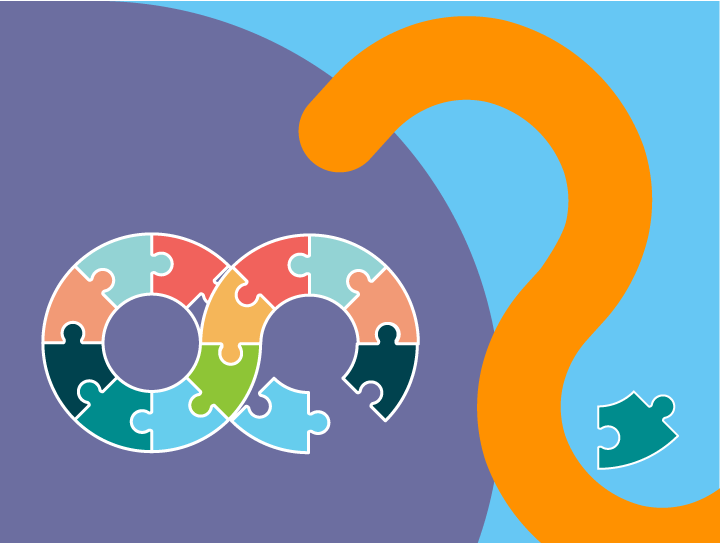
The European Interoperability Framework (EIF) was adopted by the European Commission in 2017 to provide guidance on how interoperable digital public services can be set up. This framework offers EU public administrations 47 concrete recommendations on improving governance of their interoperability activities, facilitating cross-organisational relationships, and streamlining processes that support end-to-end digital services. In order to make the recommendations actionable for users of the framework, the Commission created Interoperable Europe (IOPEU) Monitoring Collection , together with the

The European Union’s Space Programme is responsible for the implementation of space activities such as earth observation, satellite navigation, and space research. One of the main components of the programme is Copernicus , which is the European Earth Observation system. Named after European scientist and observer Nicolaus Copernicus, it offers insights drawn from satellite earth observations and in-situ (non-space) data. The information collected by Copernicus’ Sentinel satellites has been compiled and can be found on the Copernicus Data Space Ecosystem (CDSE). The CDSE provides access to
